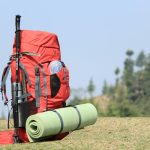Introduction
Adventure isn’t just about thrill-seeking—it’s about pushing boundaries, embracing the unknown, and discovering both the world and yourself along the way. Whether you’re heading into the wilderness for a multi-day trek, planning a remote 4WD journey, or trying your first solo hike, success comes from preparation, mindset, and respect for the environment.
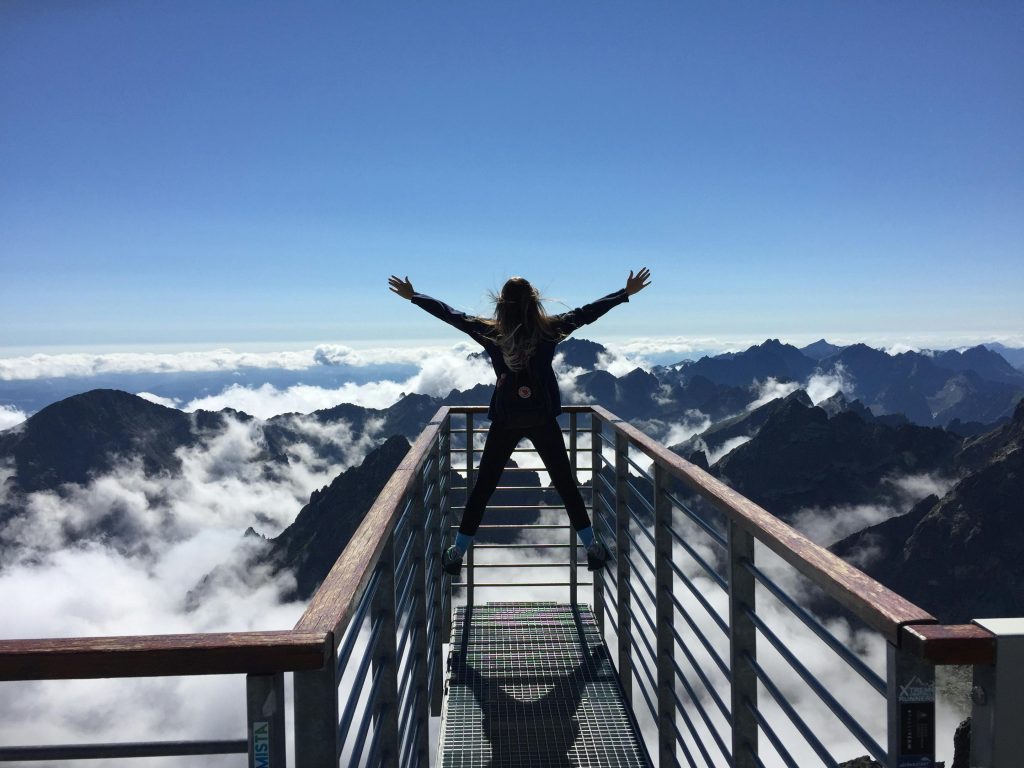
At TrackPath.com.au, we’re here to help you plan smarter, move safer, and get more out of every adventure. This guide covers the top tips for success in adventure, so you can approach your next journey with confidence, resilience, and purpose.
1. Start With the Right Mindset
Adventure is as much a mental challenge as a physical one.
Cultivate an adventure-ready mindset by:
- Embracing uncertainty and discomfort
- Viewing setbacks as part of the story
- Staying calm under pressure
- Being curious, not just competitive
Tip: Your outlook often determines your outcome.
2. Plan Thoroughly—Then Stay Flexible
Good planning reduces risk—but adaptability keeps you safe when conditions change.
Planning must-haves:
- Research routes, maps, weather, and permits
- Leave a trip plan with someone you trust
- Create a gear checklist and test equipment ahead of time
- Know your limits—and when to turn back
Reminder: Even the best plans should adapt to real-time challenges.
3. Pack Smart: Essentials Only
Too much gear slows you down. Too little leaves you vulnerable.
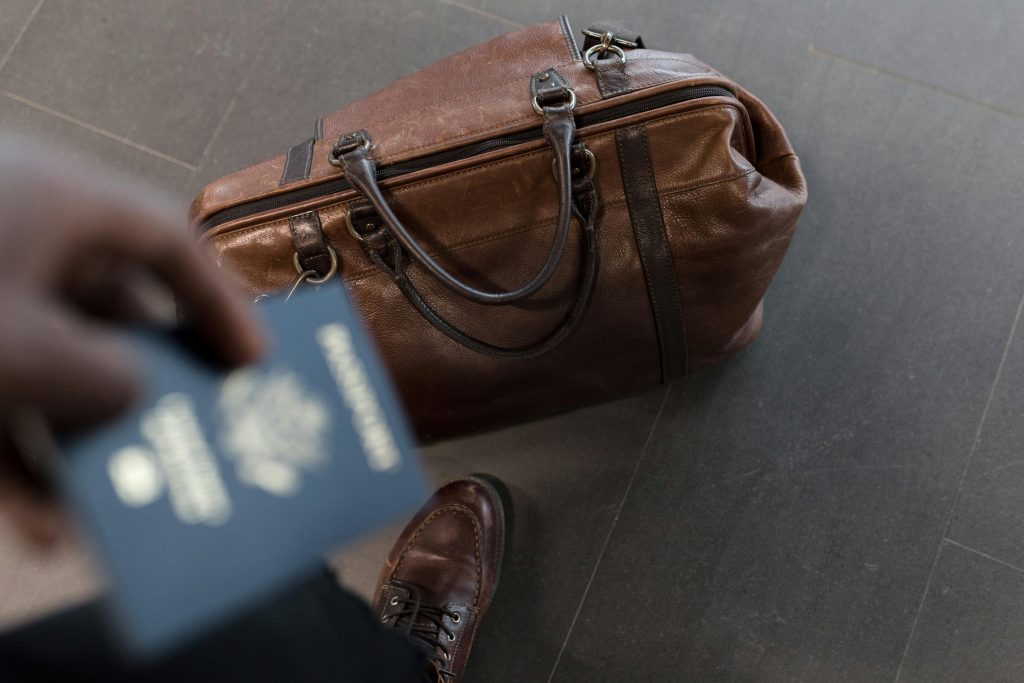
Essentials to include:
- Navigation (map, compass, GPS)
- Hydration (water, filter, purification tabs)
- Nutrition (lightweight, high-energy food)
- Shelter and warmth (layered clothing, tent, emergency blanket)
- First aid kit and multi-tool
- Communication device (satellite phone, beacon, or backup charger)
Pro tip: Aim for lightweight, multi-use items and avoid duplicating functions.
4. Train Your Body for the Terrain
Physical preparation increases stamina, reduces injury risk, and enhances your overall experience.
Training tips:
- Hike regularly with a loaded pack
- Focus on core strength and joint mobility
- Practice walking on uneven ground or inclines
- Acclimate to altitude or climate if applicable
Bonus: Training builds mental confidence as much as physical strength.
5. Learn Basic Survival and Navigation Skills
Even short trips can become dangerous if things go wrong.
Skills to develop:
- Reading a topographic map and compass
- Building a shelter
- Basic first aid and wound care
- Fire-starting in varied conditions
- Finding and purifying water
Note: A short bushcraft or wilderness survival course can be a smart investment.
6. Respect Nature and Leave No Trace
Successful adventurers protect the places they explore.
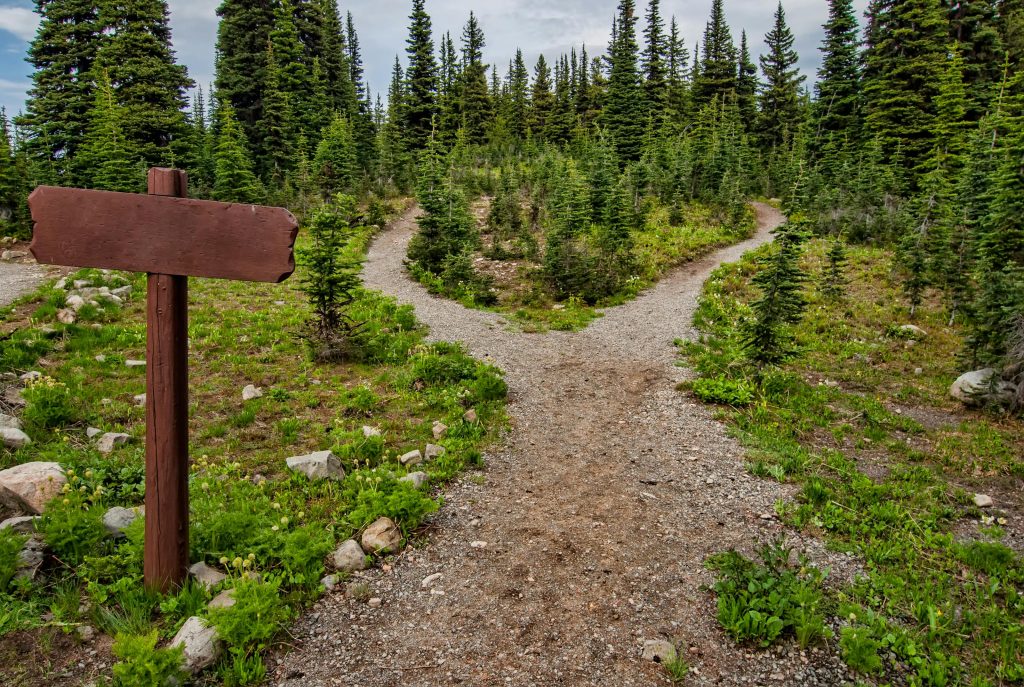
Leave No Trace principles:
- Pack out everything, including food waste
- Stay on marked trails to avoid erosion
- Camp at least 60 metres from water sources
- Respect wildlife—observe, don’t approach
- Minimise campfire impact or use a portable stove
Why it matters: Adventure should leave memories, not damage.
7. Check Weather and Terrain Daily
Conditions in remote areas can change fast—and drastically.
How to stay informed:
- Use offline-capable apps (e.g., Windy, Weatherzone)
- Pay attention to wind, rain, fire bans, and UV
- Monitor terrain changes (landslides, flooding, snow coverage)
- Have backup routes or safe shelters planned
Tip: When in doubt, delay or reroute—it’s better to arrive late than not at all.
8. Stay Energised and Hydrated
Fatigue and dehydration can impair decision-making and performance.
Nutrition and hydration essentials:
- Drink water consistently—even before you feel thirsty
- Use electrolyte tablets or natural salt replenishment
- Pack calorie-dense snacks (nuts, jerky, energy bars)
- Eat every 2–3 hours on active days
Fact: Even mild dehydration can reduce physical performance by 20–30%.
9. Build a Personal Safety Protocol
Solo or group adventuring requires a clear safety plan.
Safety basics:
- Always let someone know your route and return time
- Carry an emergency beacon or PLB (personal locator beacon)
- Use the buddy system on risky sections
- Check in regularly (if possible) via SMS or app
- Review emergency procedures with your group
Preparation = peace of mind.
10. Reflect and Grow After Every Adventure
What you do after your adventure matters too.
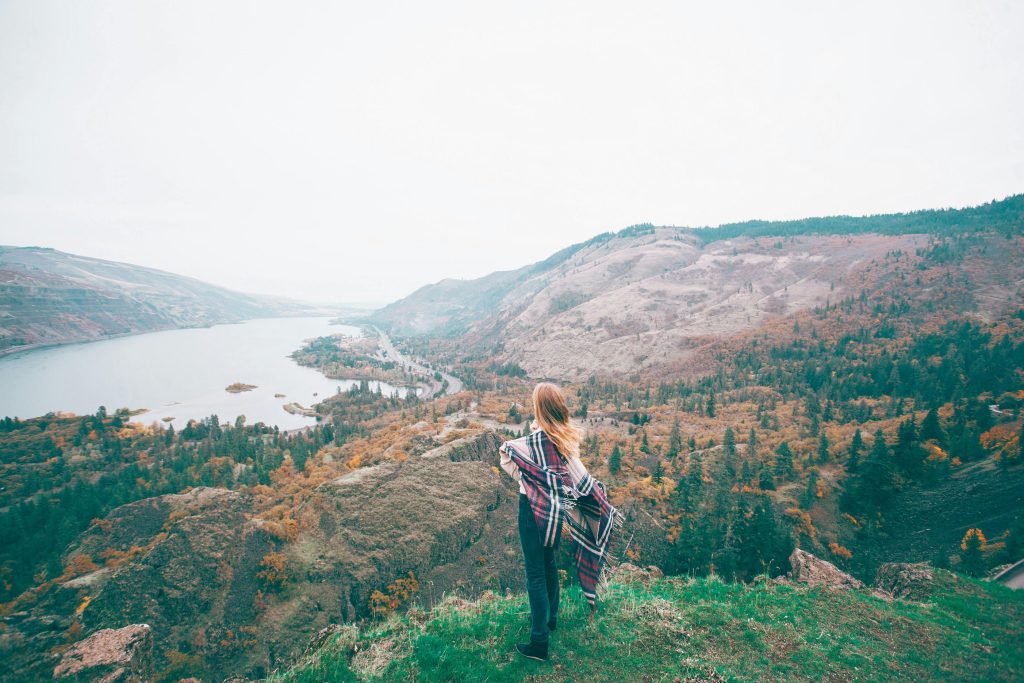
Post-trip rituals:
- Review what went well and what didn’t
- Note gear upgrades or training needs
- Write down highlights and challenges
- Share your experience to help others
Tip: Each adventure builds the foundation for the next.
Real-World Example: From Nervous Hiker to Confident Trekker
Name: Erin, 33, completed her first solo multi-day hike in the Victorian High Country.
Challenge: Navigated an unmarked trail with unexpected snowfall on day two.
Actions taken:
- Used offline maps and compass backup
- Adjusted route to lower elevation
- Stayed hydrated and rationed food
- Returned with a deeper sense of self-reliance
Result: Gained confidence and now leads group hikes monthly.
Conclusion
Success in adventure isn’t about going the furthest or fastest—it’s about being prepared, respectful, resilient, and present. By focusing on the fundamentals and embracing the unknown with purpose, every journey becomes a story worth telling.
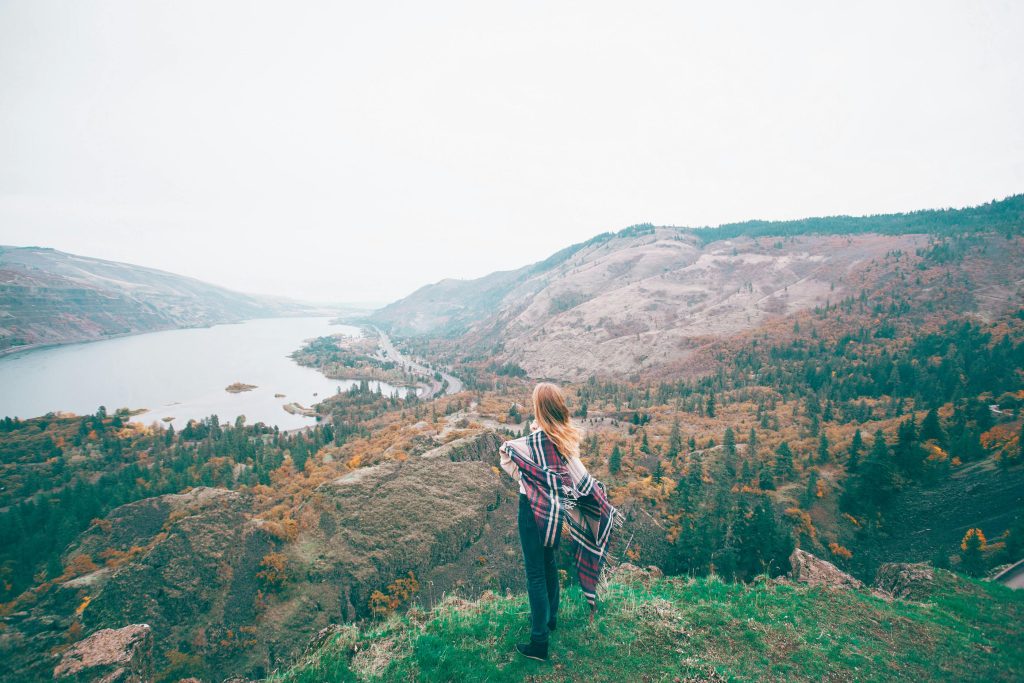
At TrackPath.com.au, we’re here to support your adventures with the knowledge, gear advice, and inspiration to explore with intention. Wherever your path leads, walk it boldly.
